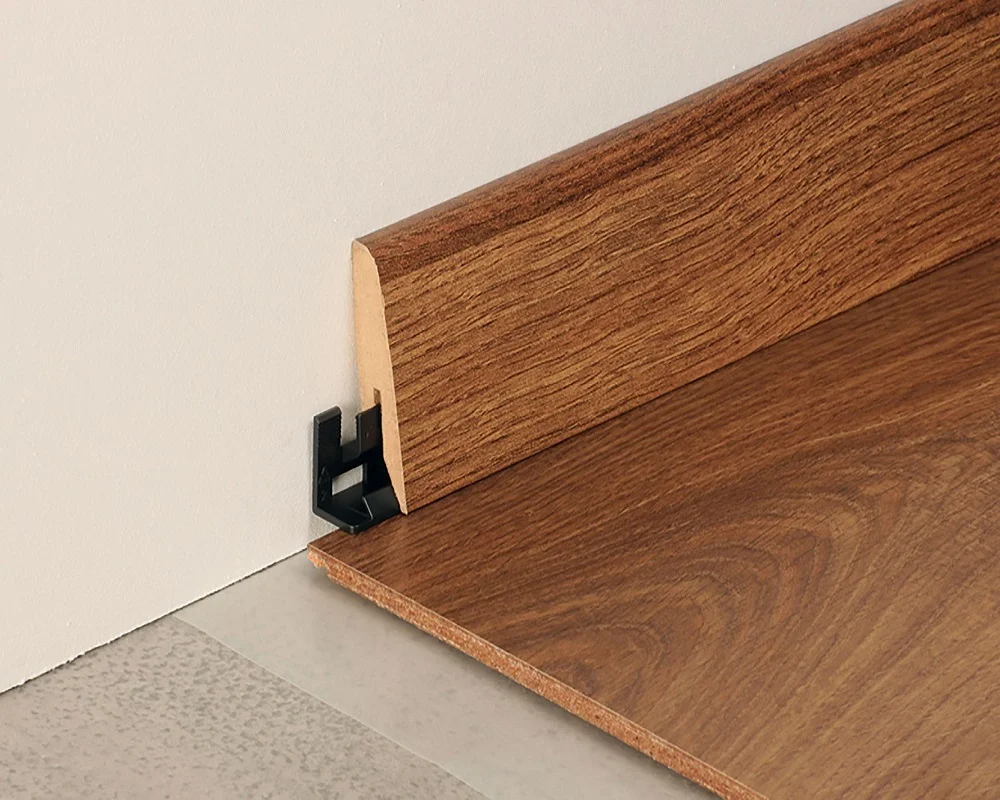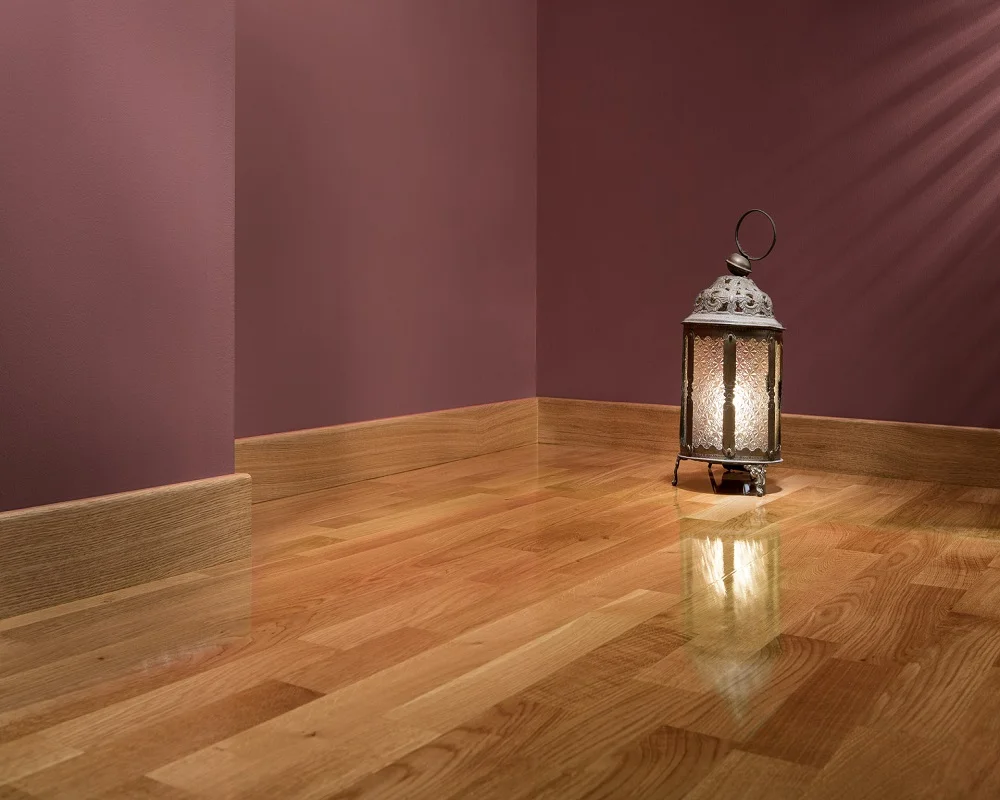FAQ
A: Skirting boards, also known as baseboards, are decorative and protective elements installed along the bottom of interior walls, covering the joint between the wall and the floor.
A: Wooden skirting boards offer a classic and timeless aesthetic appeal. They provide protection to walls, hide unsightly gaps, and add a finishing touch to any room. Additionally, wood is a durable and versatile material.
A: To clean wooden skirting boards, start by removing dust and debris with a soft brush or vacuum cleaner. For stubborn stains, use a damp cloth or sponge with a mild wood cleaner. Avoid saturating the wood and dry the skirting boards thoroughly after cleaning.
A: Yes, wooden skirting boards can be painted to match or complement the room’s color scheme. Ensure the skirting boards are clean and dry before applying a suitable wood primer and paint.
A: Regular maintenance involves dusting or vacuuming to remove dirt and periodically applying a wood polish or wax to protect the wood and enhance its shine. Repair any scratches or dents promptly with wood filler or a touch-up marker.
A: Yes, wooden skirting boards can be installed on various types of flooring, including hardwood, laminate, tile, and carpet. Ensure the skirting boards are securely fixed to the wall and align with the flooring surface.
A: Yes, wooden skirting boards are relatively easy to install. They can be attached to the wall using adhesive, nails, or screws. However, professional installation is recommended for a seamless and professional finish.





